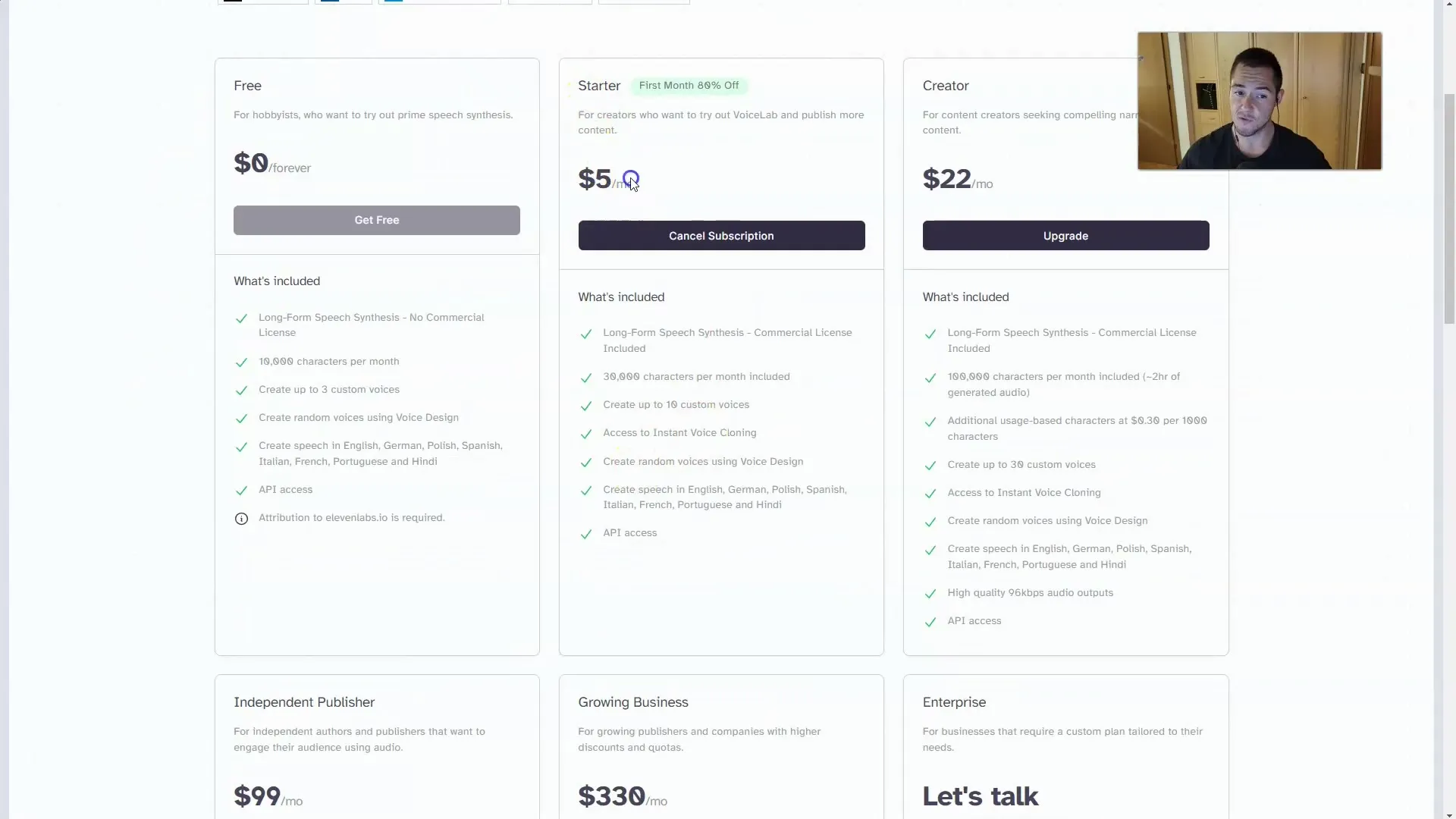Artificial Intelligence (AI) and technologies like Text-to-Speech (TTS) are gaining importance, especially in customer interactions. Companies are facing the challenge of making their customer support more efficient while saving costs. In this case study, we show you how a company can integrate Text-to-Speech into customer support to increase accessibility and automate standard questions.
Key Insights
- Integrating Text-to-Speech into customer support can bring significant advantages.
- You can increase the efficiency of your support, reduce costs, and enhance customer satisfaction.
- With the right approach, it is possible to automate simple questions and ensure accessibility 24/7.
Step-by-Step Guide to Integrating Text-to-Speech into Customer Support
Step 1: Needs Analysis
Before starting with the integration of Text-to-Speech, you should analyze your company's specific needs. What are common customer questions? Which standard answers can be automated? This analysis will help you choose the right tools and determine the scope of integration.
Step 2: Selecting the Text-to-Speech Provider
There are various Text-to-Speech solution providers. Compare their pricing models and features. A cost-effective solution could be, for example, the Starter plan from 11 Labs with costs of about $5 per month. Ensure that the software is user-friendly and provides the required features.

Step 3: Developing the Answering Machine
Now you can start programming the answering machine. Use the selected TTS tools to assign all buttons with standard questions. This can usually be done very quickly, often within half a day. Remember to formulate clear and concise answers that meet customer expectations.
Step 4: Implementation and Testing
Once the answering machine is programmed, you should test the integration. Ensure that everything works smoothly. Check if the standard answers are correctly reproduced and pay attention to user-friendliness. This is a crucial step to ensure that both the technology and customers are satisfied.
Step 5: Staff Training
Even though the technology takes on a lot of work, it is important to train your team. Explain to the employees how the new answering machine works and when they should intervene in the process. Understanding the technology will help avoid transition issues and ensure that the team can work effectively.
Step 6: Monitoring and Optimization
After the integration, you should regularly monitor the results. Collect feedback from customers and the team to identify where improvements are needed. Sometimes, a small adjustment in the responses can make a big difference in customer satisfaction. Be prepared to continuously optimize the TTS solution.
Summary
In this guide, you have learned how to integrate Text-to-Speech into your company's customer support. The process includes needs analysis, provider selection, answering machine programming, extensive testing, staff training, and continuous monitoring and optimization of the solution. This integration can not only increase efficiency but also lead to significant cost savings.
Frequently Asked Questions
How much does Text-to-Speech integration cost?Costs can vary depending on the provider. With the Starter plan from 11 Labs, the price is around $5 per month.
Can Text-to-Speech replace an employee?Yes, Text-to-Speech can automate simple, repetitive tasks and potentially reduce the need for additional employees.
How quickly can the integration be implemented?Typically, integration can be completed within half a day to a day, depending on the complexity.
What benefits does using Text-to-Speech bring?Text-to-Speech increases accessibility, enhances efficiency, and can reduce costs by automating standard questions.
What steps are necessary to implement Text-to-Speech?Key steps include needs analysis, provider selection, programming, testing, staff training, and continuous optimization.


